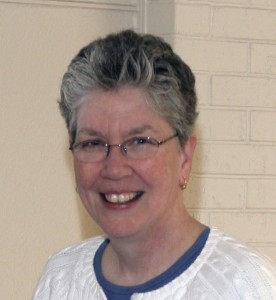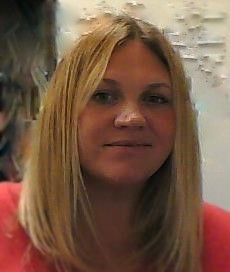Collaboration in the humanities and humanistic social sciences has been rare, at least until the relatively recent rise in digital humanities. As scholars, we have been accustomed to working solo, seeking feedback from specialists and colleagues as needed, then retreating to puzzle out the problem on our own. While that sort of active solicitation of focused assistance seems very similar to collaboration, it lacks one characteristic crucial to qualify as collaborative—equal and shared responsibility for the success of the project. In a collaborative situation, all participants are contributors to the end result—and all have a stake in it. For reasons ranging from the necessity of specialized knowledge to the scarcity of resources, collaboration makes it possible to share knowledge, leverage assets, and solve problems in ways that solo efforts cannot.
Institutional support for collaboration at UCLA has allowed the History Department to join various service units, divisions, and schools in campus-wide career development efforts. In the first year of the Career Diversity initiative, integrated collaboration helped make our pilot efforts effective and well perceived. We have been able to get history grad students connected to the professional guidance they want, networking and skill-building opportunities they need, and career exploration strategies they can use. The AHA Career Diversity grant gave the department the ability to have an in-house graduate career officer (GCO) dedicated to supporting the career enrichment of PhD students. Through the process of effective collaboration, the GCO (Karen) is able to leverage expertise and resources well beyond the capacities of a single department to meet the diverse needs of more than 160 aspiring PhDs. Conversely,Karen’s access to and understanding of PhD students has informedprogram, service, and resource design for the campus. So what is effective collaboration? Annie explains:
Five Keys to Effective Collaboration
- Seek Credibility, Not Credit. Collaboration is not about taking credit, it’s about giving your endorsement. Students don’t care about who sponsored which event; they want to know which faculty support career diversity, demonstrated through their participation in and promotion of professional development events. Collaboration between academic departments and career centers sends the message that students not only can, but should, seek guidance beyond their department. Career diversity begins with shared credibility—career centers and history PhDs have a lot to learn about each other.
- Outside-In Thinking instead of Inside-Out Thinking. What do PhD students need and how can we adapt to those needs? This question is significantly different from thinking about what “we” (on the inside) do well and how our strengths can be tailored to specific career paths and kinds of education. Thinking from the outside-in (what students need) versus from the inside-out (what the career center or department can offer students) allows the group to stay focused on their core purpose: meeting specific needs of students and appealing to their sensibilities rather than forcing a set agenda of programming that may miss the mark.
- Know Your Limits. What do you do well, and what can someone else do better? Professional development is such a large and ambiguous umbrella, practitioners often try to take it all on. Include experts from other departments and units, and endorse their work. The first edition of the UCLA Career Preparation Toolkit for Graduate Students and Postdoctoral Scholars will be published November 2015. To create this resource, we worked with six core offices and consulted with campus topic experts to create original, useful content. Recognizing the limits of individual expertise, we leveraged the talent of the group and shared responsibility to produce a stronger toolkit.
- Transparent Intelligence Gathering. The ability to ask for, listen to, and change with critical feedback builds trust among collaborators, faculty, and students. Agreeing to assessment measures from the outset positions evaluation as an ongoing form of listening to various stakeholder needs rather than as final snapshots of the success or failure of a specific program. Through assessment we have learned that graduate students have dichotomous needs: they actively seek out discipline-specific professional development, yet frequently articulate the need to access conversations and people outside of their discipline. In response, we crafted marketing materials tailored to specific academic departments but maintained our interdisciplinary program design, enabling us to best reach the students who need our help.
- Don’t Be Afraid to Fail. Take risks together and learn from those risks. If you are sticking to the same set of programs every year, you probably aren’t learning very much about how graduate students, work landscapes, and professionalization services are evolving at your campus. Take on initiatives that your office or department can’t do alone. This creates a true interdependence and shared responsibility in the outcome. Give your group the space to fail. Often what you learn will make your collaboration, communication, and credibility stronger.
Karen S. Wilson is the UCLA History Department graduate career officer and holds a doctorate in US history. Annie Maxfield is the associate director for graduate student services and relations at the UCLA Career Center. She has advocated for career preparation for graduate students for more than five years.
This post first appeared on AHA Today.
Tags: AHA Today Career Diversity for Historians Resources for Early Career
Comment
Please read our commenting and letters policy before submitting.








